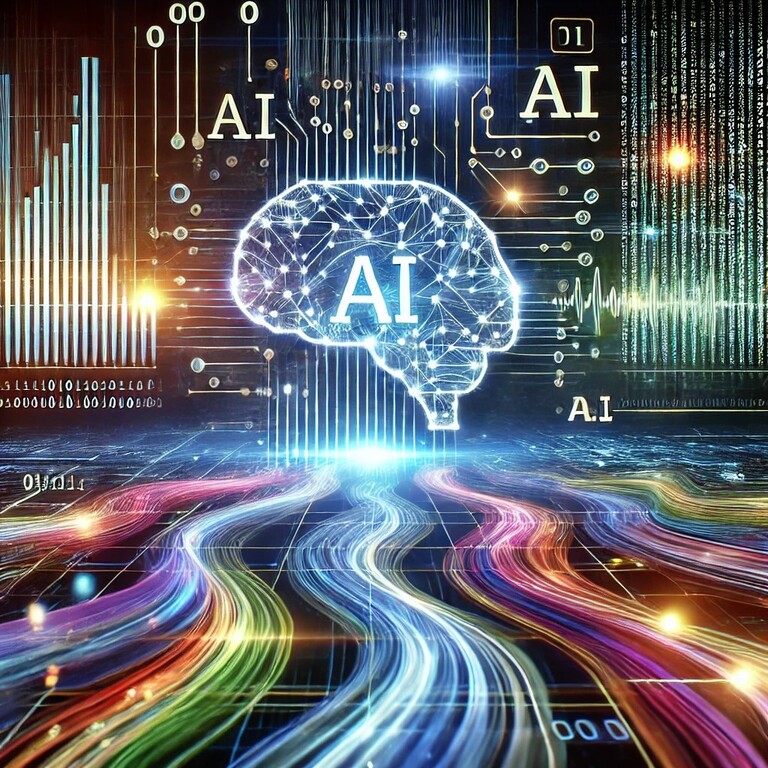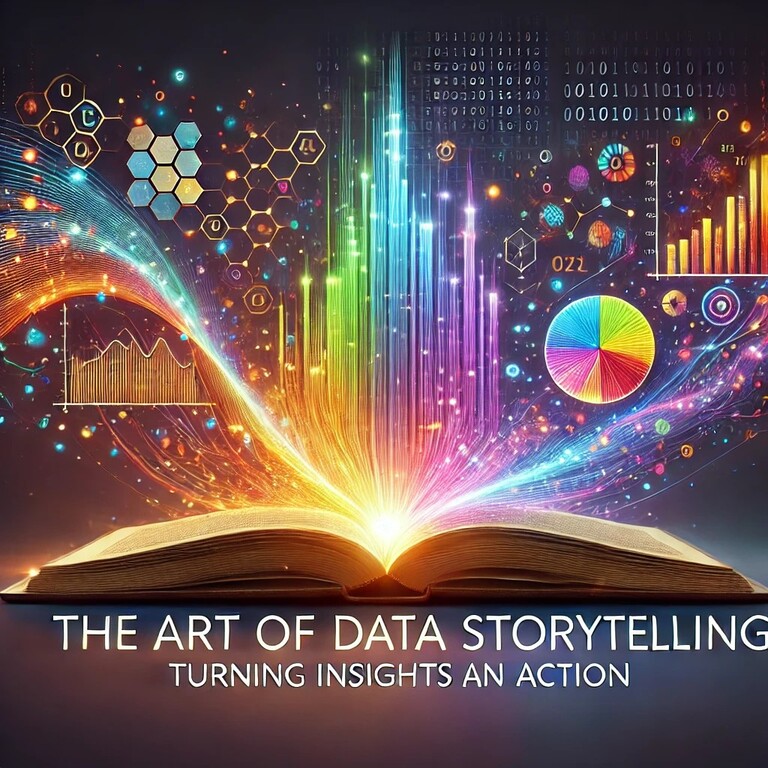Machine learning (ML) is a term that has garnered immense attention in recent years. From its applications in artificial intelligence (AI) to its impact on various industries like healthcare, finance, and marketing, it’s clear that ML is no longer a futuristic concept, but a present-day reality. However, for those new to the field, the intricacies of machine learning can be overwhelming. In this guide, we aim to demystify machine learning and provide a clear, approachable introduction for beginners.
What is Machine Learning?
Machine learning is a subset of artificial intelligence (AI) that allows computers to learn from data and make decisions without being explicitly programmed. In simple terms, instead of writing detailed instructions for every task, we feed data to algorithms and let them learn patterns and make predictions or decisions based on that data.
For example, when you use a recommendation system on platforms like Netflix or Amazon, machine learning algorithms are behind the scenes analysing your preferences and suggesting movies, products, or shows that you are likely to enjoy.
The Types of Machine Learning
Machine learning can be broadly divided into three main types: supervised learning, unsupervised learning, and reinforcement learning.
- Supervised Learning In supervised learning, the algorithm is trained on labelled data, meaning each input is paired with the correct output. The algorithm learns to map inputs to the correct output based on the provided data. Common examples include spam email detection, where the algorithm is trained on a set of emails marked as spam or not, and later, it classifies new emails as spam or not.
- Unsupervised Learning Unsupervised learning, as the name suggests, deals with unlabelled data. Here, the algorithm tries to find hidden patterns or intrinsic structures in the data without being told what to look for. Clustering is a popular unsupervised learning task, used in customer segmentation, for instance, where similar customers are grouped together based on purchasing behaviour.
- Reinforcement Learning Reinforcement learning involves an agent (the algorithm) that learns to make decisions by performing actions in an environment and receiving feedback in the form of rewards or penalties. It’s akin to training a pet: the more the agent performs actions that lead to positive outcomes, the better it gets at making decisions. This type of learning is used in areas like robotics and game AI, where systems need to adapt and improve based on their experiences.
How Does Machine Learning Work?
The core of machine learning lies in its ability to improve over time. This is achieved through the following process:
- Data Collection: The first step is gathering data. This can be anything from historical data, sensor data, images, text, or more, depending on the problem you’re trying to solve.
- Data Preparation: Once data is collected, it needs to be cleaned and pre-processed. This step ensures that the data is in a format that the algorithm can understand and use effectively. This might involve removing duplicates, handling missing values, or scaling numerical data.
- Model Selection: After data is prepared, a suitable machine learning model is chosen. Different algorithms, such as decision trees, neural networks, or support vector machines, may be employed based on the task.
- Training: The model is trained using a training dataset. During training, the model adjusts its internal parameters to find patterns in the data. The better the training process, the more accurate the model’s predictions will be.
- Evaluation: Once trained, the model is evaluated on unseen data, known as a test dataset. This helps measure how well the model has learned and generalised from the training data.
- Deployment: After successful evaluation, the machine learning model is deployed into production, where it can start making real-world predictions and decisions.
Real-World Applications of Machine Learning
Machine learning is already transforming industries across the globe. Here are a few ways it’s making an impact:
- Healthcare: Machine learning is used to predict patient outcomes, detect diseases early (such as cancer or heart disease), and personalise treatment plans.
- Finance: In finance, ML algorithms help detect fraudulent transactions, optimise investment portfolios, and provide personalised financial advice.
- Marketing: Companies use machine learning to analyse consumer behaviour, target the right audience with ads, and optimise customer experiences across digital platforms.
- Autonomous Vehicles: Self-driving cars rely heavily on machine learning to navigate the road, interpret sensor data, and make driving decisions in real-time.
Key Challenges in Machine Learning
While machine learning holds great potential, there are a few challenges to consider:
- Data Quality: The effectiveness of machine learning depends heavily on the quality and quantity of the data. Insufficient or poor-quality data can lead to inaccurate predictions.
- Bias and Fairness: If the data used to train models contains biases, these biases can be propagated and even amplified by machine learning algorithms, leading to unfair or discriminatory outcomes.
- Interpretability: Many machine learning models, particularly deep learning models, are often seen as “black boxes” because their decision-making process is not easily understood. This can be problematic, especially in fields like healthcare or finance, where transparency is crucial.
- Overfitting: Overfitting occurs when a model learns the training data too well, capturing noise and outliers as if they were important patterns. This results in a model that performs well on the training data but poorly on unseen data.
How to Get Started with Machine Learning
For those eager to start their journey into machine learning, here are a few steps:
- Learn the Basics: Begin with understanding the fundamental concepts of machine learning and basic statistics. Online platforms like Coursera, Udemy, and edX offer beginner courses.
- Programming Skills: Learn programming languages like Python or R, which are commonly used in the ML field. Python, in particular, has a variety of powerful libraries such as TensorFlow, Scikit-learn, and Keras.
- Mathematics and Statistics: A strong foundation in linear algebra, calculus, probability, and statistics will help you understand how algorithms work under the hood.
- Practice on Real-World Datasets: Platforms like Kaggle provide datasets and competitions where you can test your skills, collaborate with others, and gain practical experience.
Conclusion
Machine learning is a powerful tool that is reshaping the way we interact with technology. From personalised recommendations to predictive healthcare, its potential is vast. While the subject may seem daunting at first, understanding the basics and exploring real-world applications can make it more approachable for beginners. With continued advancements, machine learning will undoubtedly play an even greater role in our daily lives and future innovations.
By demystifying machine learning, we hope to inspire more individuals to dive into this exciting field and take advantage of the opportunities it presents.











